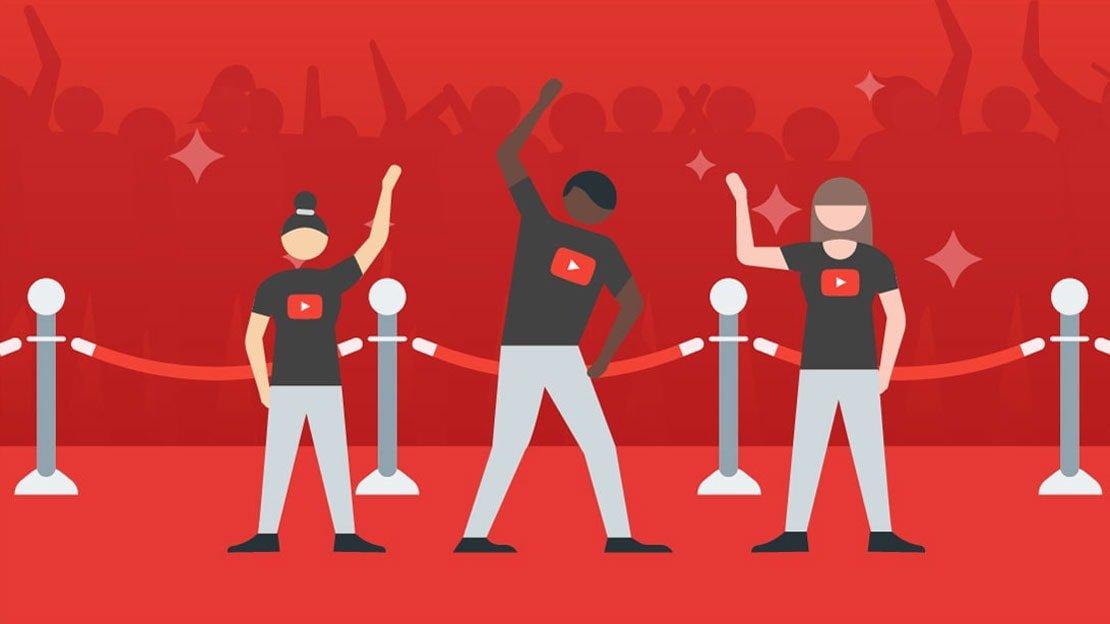
In an age where a single video can propel an unknown creator to global stardom, the platform of YouTube has transformed not only personal lives but entire industries. With millions of influencers vying for attention, the allure of viral fame is tempered by a labyrinthine legal landscape that often remains obscured from the very creators who inhabit it. From copyright issues and advertising regulations to privacy rights and content ownership, the intersection of creativity and legality presents a complex puzzle for those looking to make their mark in this digital arena. As aspiring YouTubers embark on their journey to influence, understanding the legalities that underpin their craft is crucial. In this article, we will explore the key legal considerations that every content creator must navigate, shedding light on the rules of the game that can either empower their passion or become stumbling blocks on the road to success. Join us as we delve into the intricacies of the legal realm, offering insights and guidance to help navigate the multifaceted world of YouTube influence.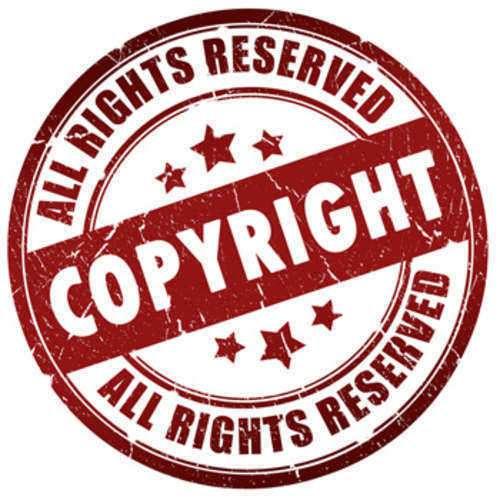
Understanding Copyright and Fair Use in Online Content Creation
In the digital realm,understanding the nuances of copyright can empower content creators to produce unique work without inadvertently infringing on others’ rights. Copyright law protects the expression of ideas rather than the ideas themselves, which means creators must be diligent about what they use in their videos. For example,music,images,and video clips that are not original or licensed require careful consideration. When incorporating such elements, consider the following:
- seeking permission: Contact copyright holders for licensing agreements.
- Using public domain content: Utilize resources that offer copyright-free materials.
- Crediting sources: Always acknowledge the original creators when possible.
Moreover, the concept of fair use presents a legal framework that allows limited use of copyrighted material without permission under certain conditions. This typically includes transformative purposes,commentary,criticism,or educational use. However, creators must analyze several factors to determine if their work qualifies for fair use:
| Factor | Considerations |
|---|---|
| Purpose and Character | Is the use commercial or educational? Is it transformative? |
| nature of the Copyrighted Work | Is the original work factual or creative? |
| Amount Used | How much of the original work is used in the new creation? |
| effect on Market | Does the use harm the market for the original work? |
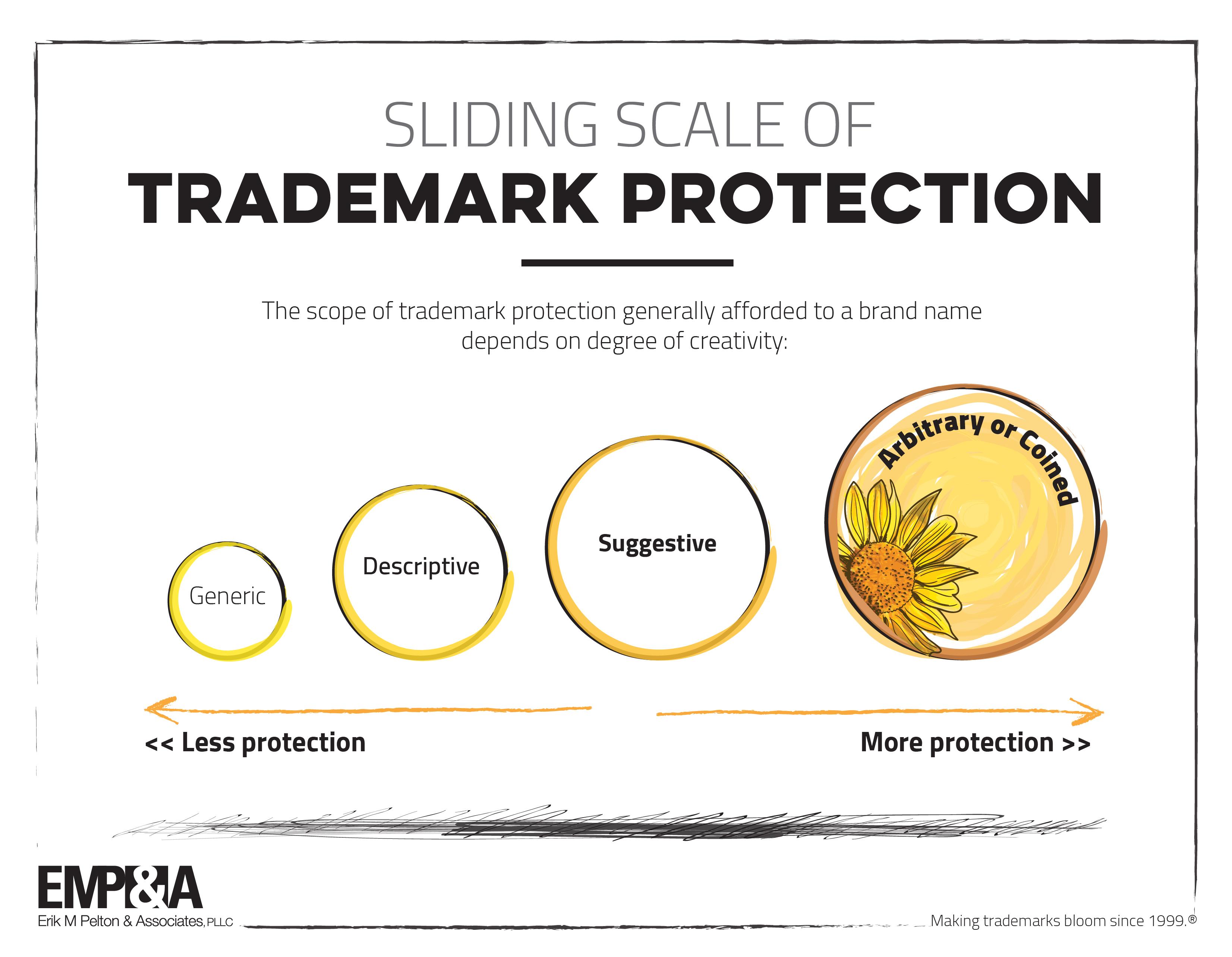
Building a Brand with Compliance: The Importance of Trademark Protection
In the digital realm, where influencers thrive and brands rise, the meaning of trademark protection cannot be overstated. Securing a trademark is not just a defensive measure; it is a strategic move that solidifies your brand identity in the eyes of your audience. By registering your unique logo, name, or phrase, you establish a legal claim that prevents others from using similar marks that could confuse your followers. This not only fosters consumer trust but also enhances the authenticity of your content, allowing you to stand out in the crowded marketplace.
Moreover, the benefits of trademark protection extend beyond mere legal security. A well-protected brand opens doors to potential partnerships, sponsorships, and even monetization avenues that might otherwise remain closed. Influencers who prioritize compliance can leverage their trademarked assets to negotiate better deals with brands and advertisers. Consider thes essential components of a robust trademark strategy:
- Prevent Infringement: Safeguarding your brand from imitation.
- Build Loyalty: Enhance consumer connection and engagement.
- Facilitate Growth: Expand your brand’s reach while maintaining its integrity.
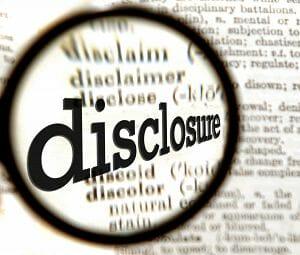
Disclosures and Transparency: Navigating FTC Guidelines for Influencers
In the rapidly evolving world of social media, influencers on platforms like YouTube hold critically important power to shape opinions and drive consumer behavior. However, with this power comes the obligation to adhere to the Federal Trade Commission (FTC) guidelines regarding disclosures. These regulations are designed to promote transparency in advertising, ensuring that audiences are aware of any sponsored content or endorsements. To maintain credibility and trust, influencers should clearly disclose relationships with brands, using explicit terms such as “ad,” “sponsored,” or “paid partnership.” This transparency not only aligns with legal requirements but also enhances the authenticity of their recommendations.
in order to effectively navigate these guidelines, influencers can adopt best practices that keep their content compliant and engaging. Consider implementing the following strategies:
- Always disclose any material connections with brands in your videos, descriptions, and social media posts.
- Educate your audience about what these disclosures mean and why they are crucial.
- Use clear language that easily communicates the nature of the sponsorship, avoiding vague terminology.
By making these disclosures prominent and straightforward, influencers can foster a more informed community while mitigating the risks associated with potential legal repercussions.
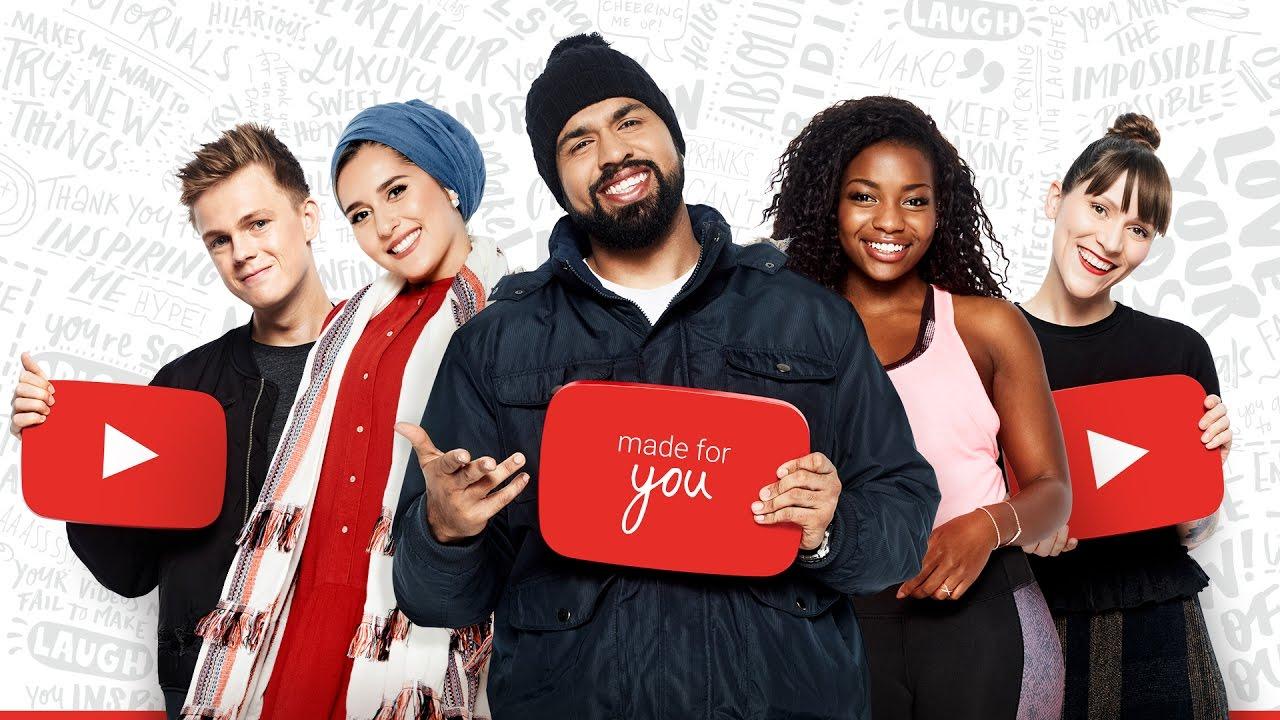
Protecting Personal Information: Legal Considerations for YouTube Creators
As a YouTube creator, safeguarding personal information is crucial for maintaining both your privacy and your audience’s trust.the legal landscape around data protection is constantly evolving, and understanding the implications of the General Data Protection Regulation (GDPR) and the California Consumer Privacy Act (CCPA) can considerably impact your content strategy. Consider the following key points to protect yourself:
- Transparency: always disclose how you collect, use, and share personal information, ensuring clarity to your viewers.
- Consent: Obtain explicit permission before collecting any personal information from your audience, especially minors.
- Data Minimization: Collect only the information needed for your purposes, reducing risk and liability.
Additionally, maintaining compliance with copyright laws is essential when creating content that involves third-party materials. Here are some important aspects to keep in mind:
| Aspect | Consideration |
|---|---|
| Fair Use | Assess whether your usage qualifies under fair use guidelines, balancing purpose and nature of use. |
| attribution | Always credit original creators when using their content, fostering a respectful community. |
| Licensing | Explore obtaining licenses for original works you’re interested in using to avoid infringement. |
To Wrap It Up
In the ever-evolving realm of online content creation, understanding the legal intricacies of influencing on platforms like YouTube is not merely advantageous—it’s essential. From navigating copyright claims to deciphering the labyrinth of sponsorship disclosures, the legal landscape can be daunting for both seasoned creators and newcomers alike. As we’ve explored, knowledge is your best ally; staying informed and proactive can shield you from potential pitfalls and empower you to wield your influence responsibly.
As you forge your path in the world of YouTube, remember that each video you create tells a story not just to your audience, but also within the broader narrative of digital media laws and regulations.By cultivating a keen awareness of your legal obligations, you not only protect your artistic expression but also contribute to a more clear and ethical ecosystem for all creators.
So, as you log off and return to your editing suite or brainstorming board, let this knowledge guide your steps. Embrace the challenges, champion your rights, and may your creative journey flourish within a framework of understanding and respect. After all, in the world of influence, knowledge truly is power.